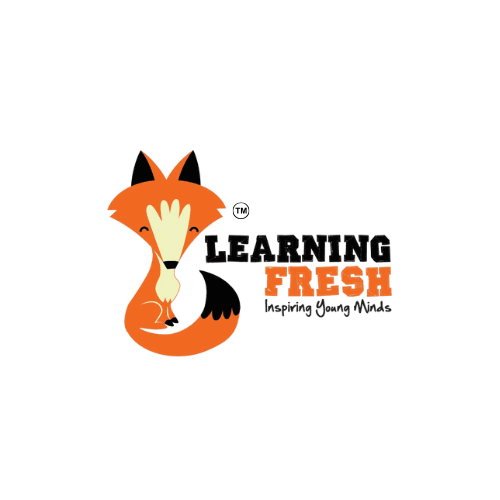How to Engage Students with Innovative Learning Techniques
Understanding the Need for Innovative Learning
In today’s fast-paced world, traditional teaching methods often fall short in engaging students. With the rapid advancement of technology and changing educational needs, it's crucial for educators to adopt innovative learning techniques that resonate with students. Engagement is key to fostering a love for learning and ensuring that students can apply knowledge effectively in real-world scenarios.
Innovative learning techniques not only capture students' attention but also cater to diverse learning styles. By incorporating elements such as technology, interactive activities, and collaborative projects, educators can create a more dynamic and inclusive learning environment.

Incorporating Technology into the Classroom
One of the most effective ways to engage students is through the integration of technology into the classroom. Digital tools such as tablets, educational apps, and online resources can transform the learning experience. These tools provide interactive content that makes learning more engaging and fun.
Moreover, using technology allows students to learn at their own pace and explore subjects in greater depth. Teachers can utilize platforms like virtual reality to create immersive experiences or employ gamification techniques to motivate students through challenges and rewards.

Utilizing Project-Based Learning
Project-based learning (PBL) is an innovative approach that encourages students to work on real-world problems and projects. This method helps students develop critical thinking, problem-solving, and collaboration skills. In a PBL setup, students are more likely to retain information as they see the relevance of their studies in practical applications.
Projects can range from simple experiments to complex research assignments, depending on the students' age and subject matter. Teachers can guide students through the process, providing support and resources while allowing them to take ownership of their learning.

Promoting Collaborative Learning
Collaboration is an essential skill in the modern workplace, and it starts in the classroom. By promoting collaborative learning, educators can teach students how to work effectively in teams. This method involves group activities where students share ideas, discuss concepts, and solve problems together.
Group projects, peer reviews, and discussion forums are excellent ways to encourage collaboration. These activities not only engage students but also help them develop communication skills and empathy toward others' perspectives.
Encouraging Creative Expression
Allowing students to express their creativity is crucial for engagement and personal development. Creative expression can take many forms, such as art projects, creative writing, drama, or music. These activities encourage students to think outside the box and explore new ideas.
Teachers can incorporate creative assignments into traditional subjects or offer dedicated time for artistic pursuits. By doing so, they provide students with an outlet for self-expression and a means to connect with the curriculum on a deeper level.

Implementing Flipped Classroom Models
The flipped classroom model is another innovative technique gaining popularity. In this approach, students access instructional content outside of class, freeing up class time for discussions and hands-on activities. This model shifts the focus from passive listening to active participation.
By utilizing online lectures, readings, or videos for homework, teachers can dedicate more time in class to engaging activities that reinforce concepts. This method not only increases engagement but also fosters a deeper understanding of the material.

Conclusion
Engaging students with innovative learning techniques is essential in preparing them for future success. By embracing technology, promoting collaborative and project-based learning, encouraging creative expression, and exploring new teaching models like the flipped classroom, educators can create a vibrant and effective learning environment. These methods ensure that students remain motivated, engaged, and equipped with the skills they need to thrive in the modern world.
